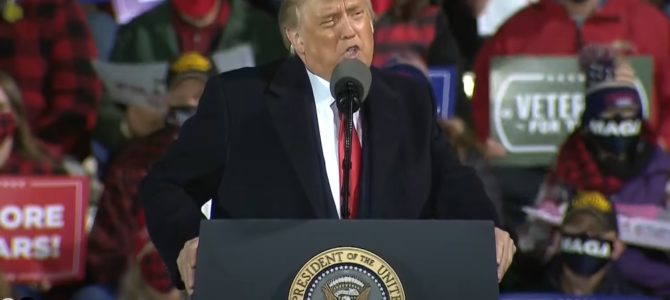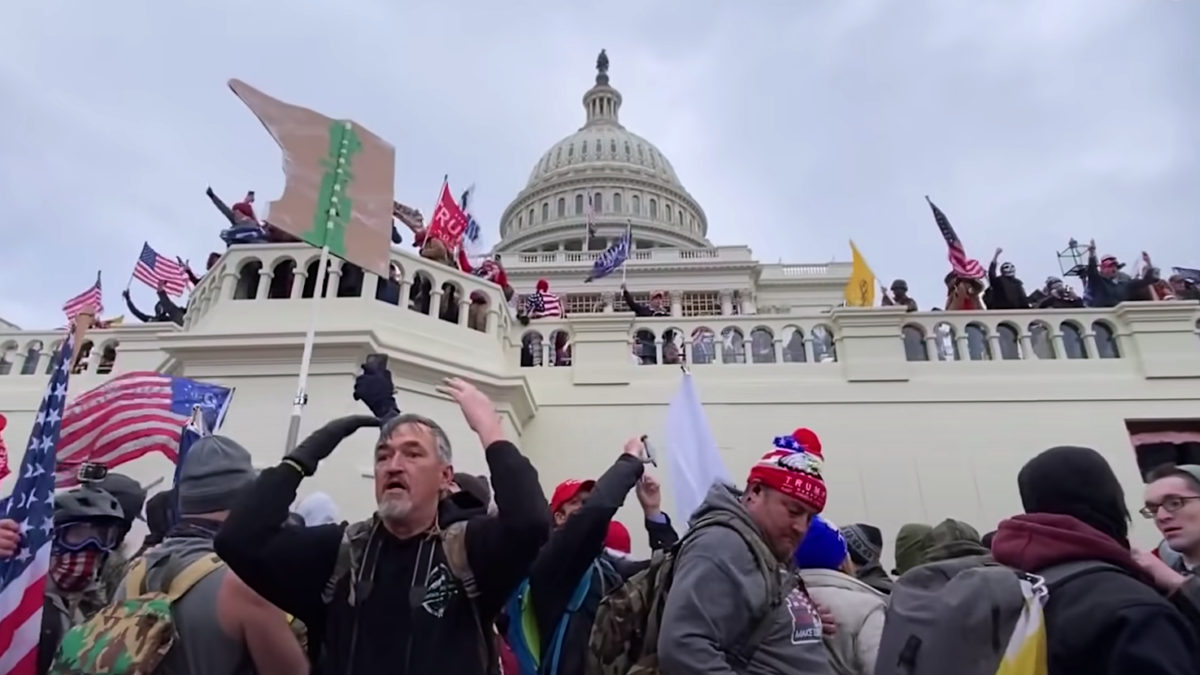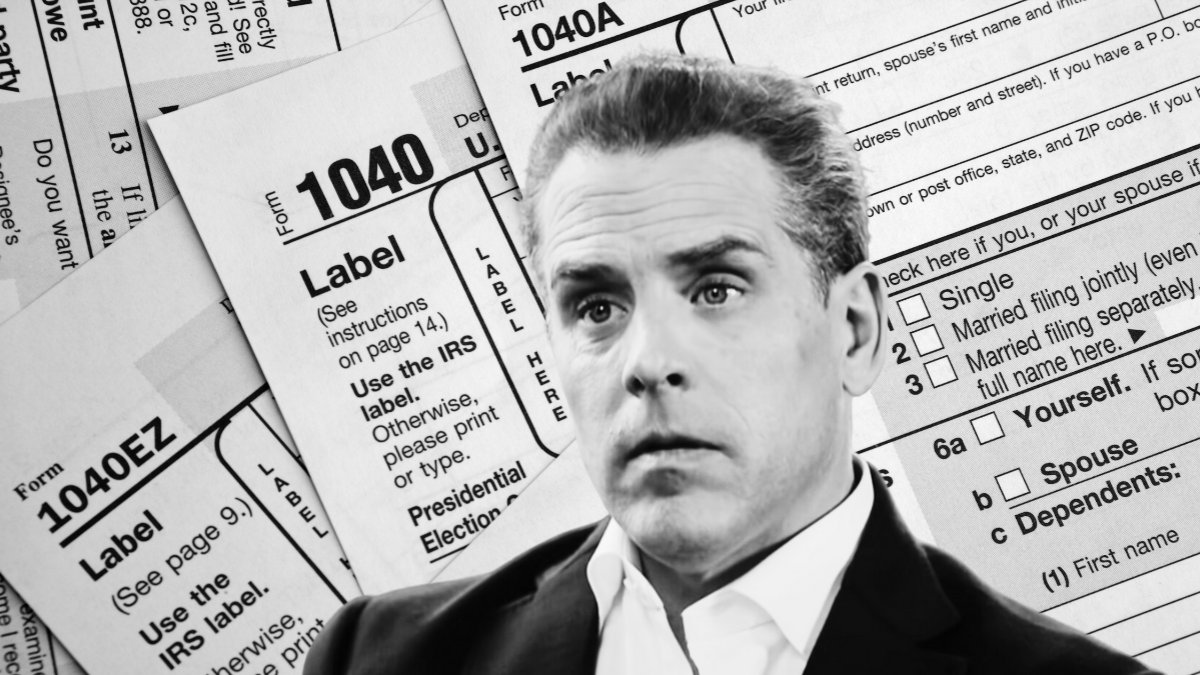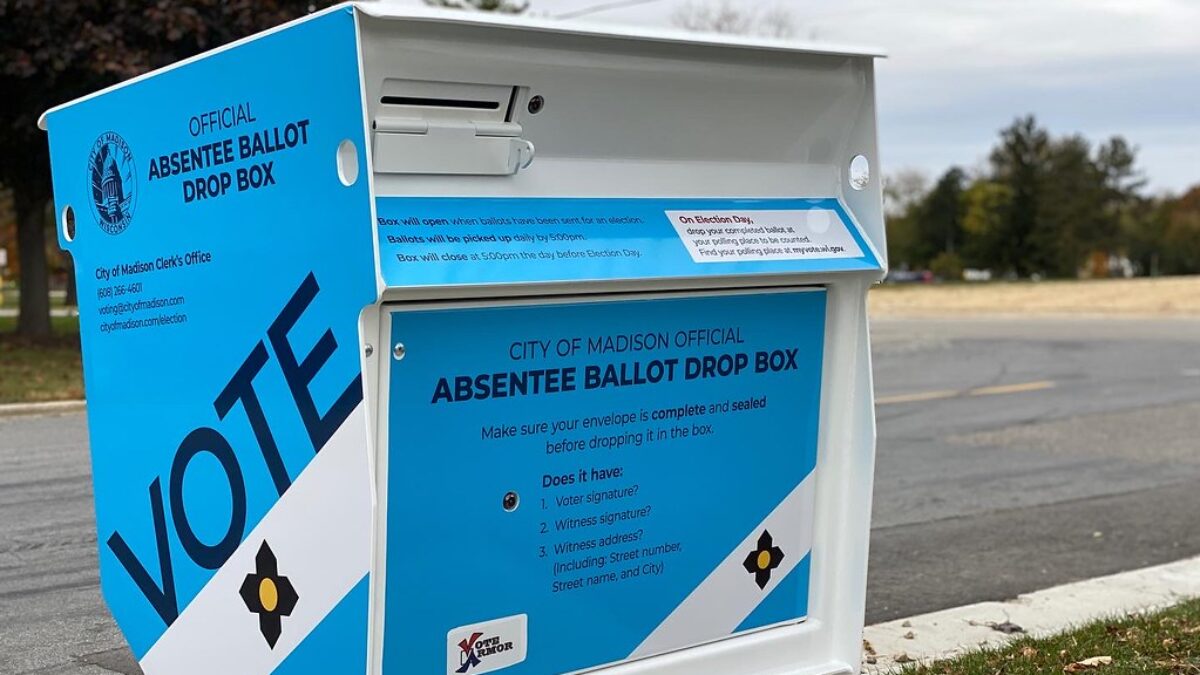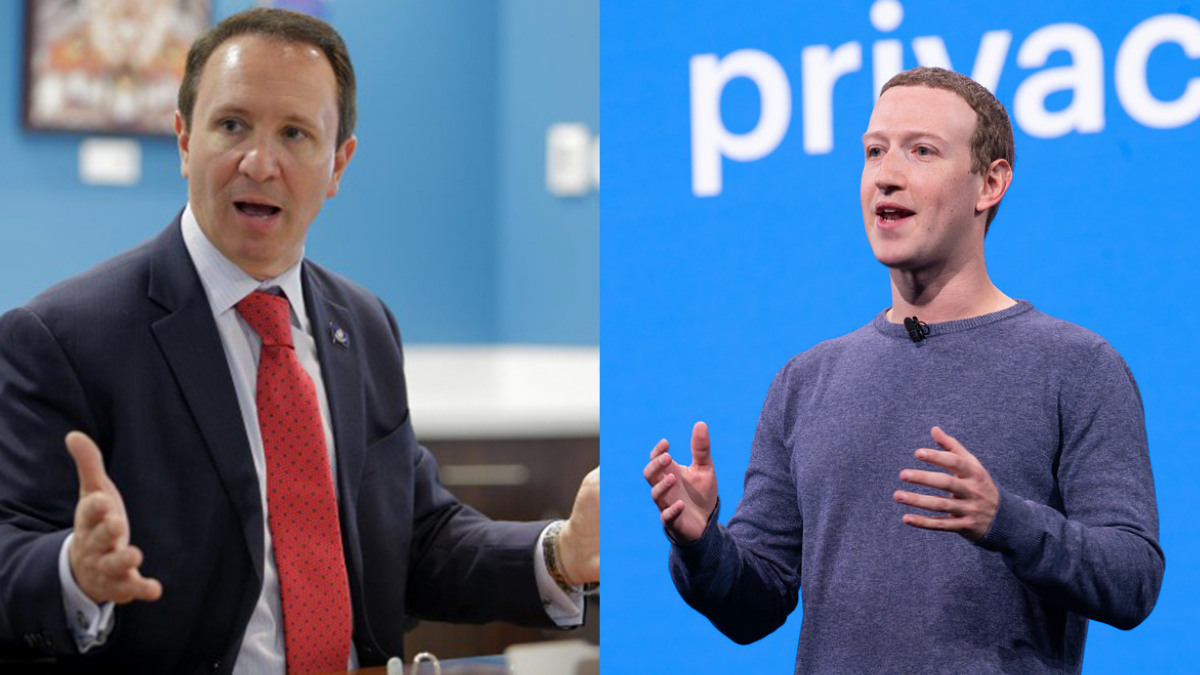After the 2016 election shocked political observers with Republican victories in states that hadn’t gone red in decades, pundits and pollsters have recalibrated a close race between President Donald Trump and Democrat Joe Biden in the same states narrowly carried by the president four years ago.
This year however, several additional states are now considered toss-ups, particularly in North Carolina and Georgia where polls are showing the two reliably red states in play next week. According to RealClearPolitics’ latest aggregate of polls, the race in Georgia is tied, while North Carolina is tilted in Biden’s direction by less than a full percent.
Assuming Trump holds the southern battlegrounds however, especially Florida where there is virtually no path to a second term without the sunshine state and which is currently breaking for Biden by a half percent, the race then turns to the fractured blue wall cracked by the president four years ago in a surprise upset victory.
Below is a map created by an online electoral map generator illustrating a scenario where Trump maintains each state captured in 2016, except for Arizona which is trending blue, and the rust belt states once again deciding the outcome.

While Pennsylvania, Michigan, and Wisconsin have drawn much attention after each broke for Trump by razor-thin margins four years ago, Minnesota is largely left out of the conversation despite polls showing the state is even more competitive than Wisconsin and Michigan.
Former Secretary of State Hillary Clinton edged out a win in Minnesota by a mere 1.5 percent in 2016, a larger margin than Trump carried the other three states for sure, but still a close one at that.
This year, polls illustrate an uphill battle for the incumbent president whose campaign is sacked by a pandemic and civil unrest, but still runs a close race in the battleground states needed to capture a second four years.
In Michigan, the president remains far behind by an average 8 points in RealClearPolitics’s aggregate of polls. In Wisconsin, Trump is running behind by more than 6 percent. Of the three states, Pennsylvania offers Trump’s best bet where the president only needs to close a less than 4 percent gap, a challenge far more possible after Biden’s pledge at the second and final debate to phase out oil. A recent outbreak of violent riots in Philadelphia this week might also serve to push suburban voters in Trump’s direction.
In Minnesota however, polls show a closer race than in neighboring Wisconsin and Michigan, offering the 10 electoral votes needed to get the president over the finish line pending a loss in those two states and a win in Pennsylvania. Trump is currently behind in Minnesota by 4.7 percent.
An analysis by FiveThirtyEight suggests there is evidence Minnesota is becoming more red over time, “with 2016 being a particular inflection point.” Several local, Democratic elected officials in Minnesota, like Duluth Mayor Gary Doty and Virginia Mayor Larry Cuffe Jr., have endorsed Trump, citing frustrations with how radically progressive the Democratic party has become.
“Democrats’ pro-environment and anti-gun positions have alienated these voters in places like the Iron Range, an ancestrally Democratic mining region, and in 2016 Trump was able to tap into their racial and economic grievances as well,” one FiveThirtyEight analyst wrote.

This analysis only stands of course, if one believes the polls depict a relatively accurate picture of a contentious race after pollsters and pundits botched predictions of the 2016 election, raising a warranted skepticism of the mainstream narrative a second time around. Trump could still win Arizona where he is only behind by just more than a full percent in the RealClear average and therefore wouldn’t need Minnesota’s 10 electoral votes.
A Trump victory in Minnesota however, to offset losses in Wisconsin and Michigan if Arizona were to go blue, ought not to come as big a surprise as it otherwise might given the current coverage.
